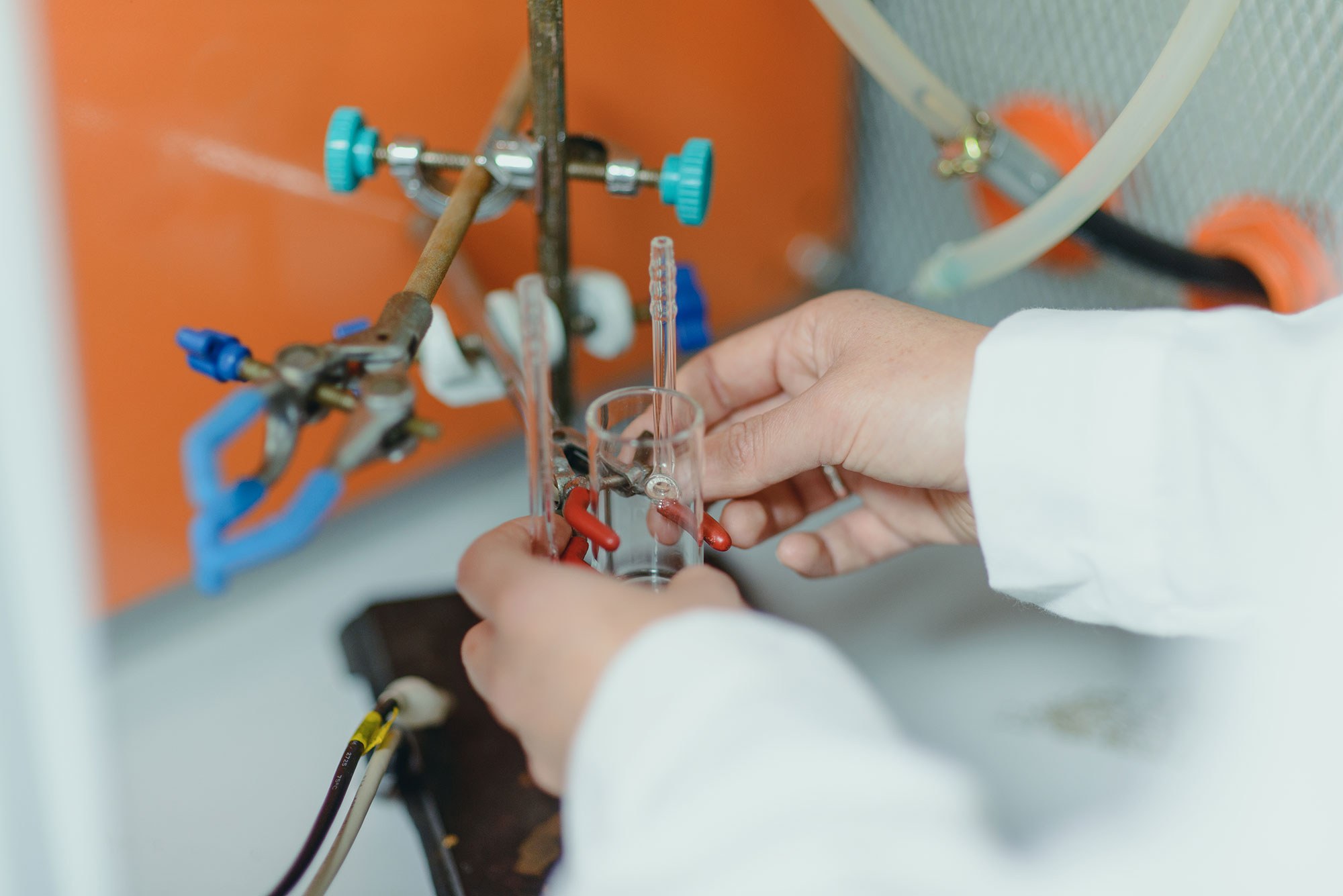González, R. I., Moya, P. S., Bringa, E. M., Bacigalupe, G., Ramírez-Santana, M., & Kiwi, M. (2023). Model based on COVID-19 evidence to predict and improve pandemic control. Plos one, 18(6), e0286747. https://doi.org/10.1371/journal.pone.0286747
Abstract: Based on the extensive data accumulated during the COVID-19 pandemic, we put forward simple to implement indicators, that should alert authorities and provide early warnings of an impending sanitary crisis. In fact, Testing, Tracing, and Isolation (TTI) in conjunction with disciplined social distancing and vaccination were expected to achieve negligible COVID-19 contagion levels; however, they proved to be insufficient, and their implementation has led to controversial social, economic and ethical challenges. This paper focuses on the development of simple indicators, based on the experience gained by COVID-19 data, which provide a sort of yellow light as to when an epidemic might expand, despite some short term decrements. We show that if case growth is not stopped during the 7 to 14 days after onset, the growth risk increases considerably, and warrants immediate attention. Our model examines not only the COVID contagion propagation speed, but also how it accelerates as a function of time. We identify trends that emerge under the various policies that were applied, as well as their differences among countries. The data for all countries was obtained from ourworldindata.org. Our main conclusion is that if the reduction spread is lost during one, or at most two weeks, urgent measures should be implemented to avoid scenarios in which the epidemic gains strong impetus.
Rafael González
rafael.gonzalez@umayor.cl


